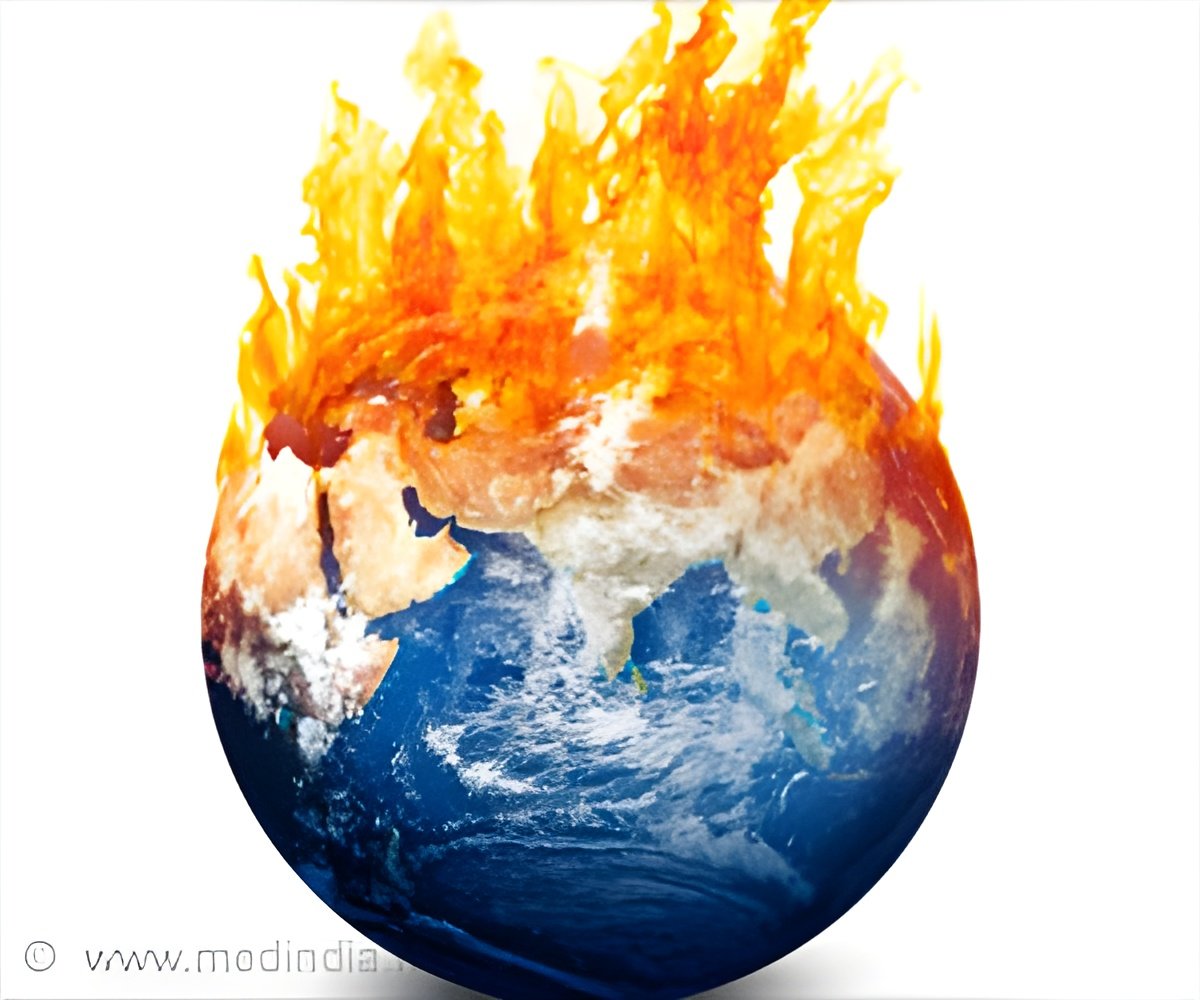
In the first study to attempt to quantify the impact of rapidly expanding megapolitan areas on regional climate, a team of researchers from Arizona State University (ASU) and the National Center for Atmospheric Research has established that local maximum summertime warming resulting from projected expansion of the urban Sun Corridor could approach 4 degrees Celsius.
This finding establishes that this factor can be as important as warming due to increased levels of greenhouse gases.
Arizona's Sun Corridor is the most rapidly growing megapolitan area in the United States. Nestled in a semi-arid environment, it is composed of four metropolitan areas: Phoenix, Tucson, Prescott and Nogales. With a population projection expected to exceed 9 million people by 2040, the developing Sun Corridor megapolitan provides a unique opportunity to diagnose the influence of large-scale urbanization on climate, and its relation to global climate change.
The researchers utilized projections of Sun Corridor growth by 2050 developed by the Maricopa Association of Governments (MAG), the regional agency for metropolitan Phoenix provides long-range and sustainably oriented planning.
Incorporating maximum and minimum growth scenarios into a state-of-the-art regional climate model, the researchers compared these impacts with experiments using an urban representation of modern-day central Arizona. Their conclusions indicate substantial summertime warming.
Advertisement
An additional experiment was conducted to examine an adaptation where all of the buildings were topped by highly reflective white or "cool" roofs.
Advertisement
But he pointed out that such large-scale urbanization and this adaptation approach can affect the region's hydroclimate.
The cool roofs, like the maximum-growth scenario without this adaptation approach, further reduce evapotranspiration - water that evaporates from the soil and transpires from plants.
Ultimately, comparison of summertime warming resulting from Sun Corridor expansion to greenhouse-gas-induced summertime climate change shows that through mid-century the maximum urbanization scenario leads to greater warming than climate change.
However, pinning precise figures on the relative contribution of each effector is difficult, the authors stated.
Georgescu said that one take-home message from this study is that the incorporation of sustainable policies need to extend beyond just greenhouse gas emissions. He also stressed the importance of extending adaptation strategies beyond the focus on mere average temperature.
Their results are reported in the early online edition of the journal Nature Climate Change.
Source-ANI








